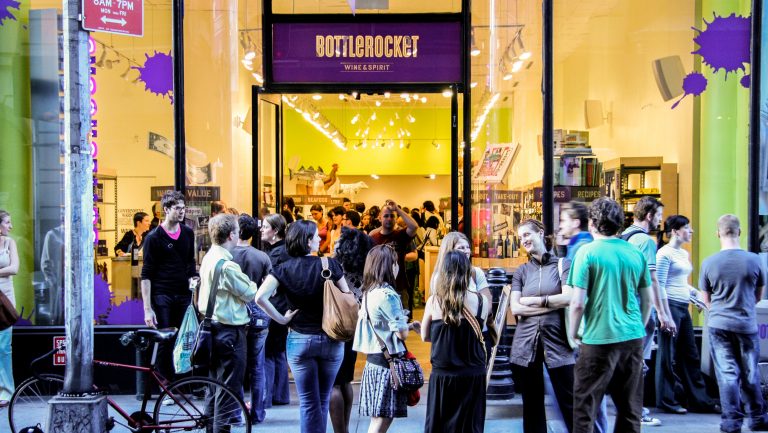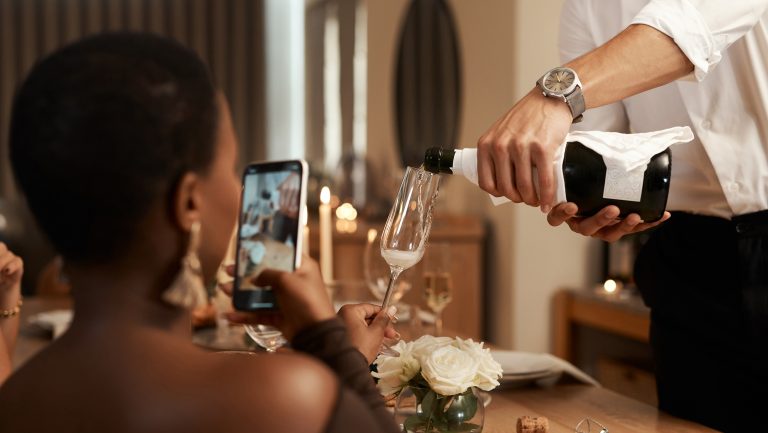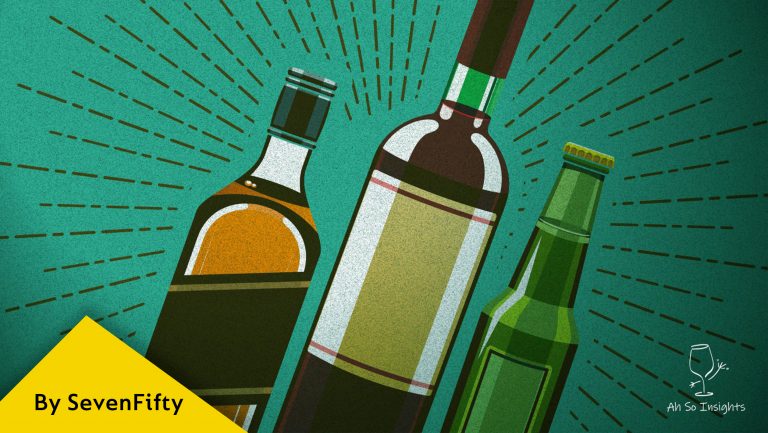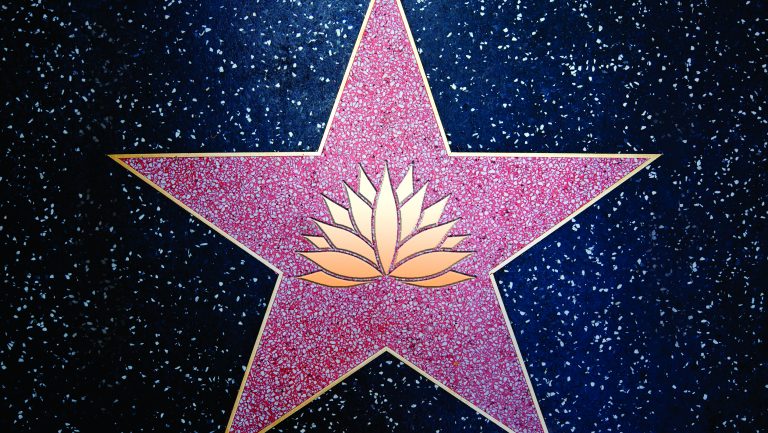Some may find millennials’ unsubtle embrace of kale, unicorns, and Instagram tough to take, but the widespread mockery has become as predictable and self-defeating as a “Scooby Doo” villain’s lament (“Those meddling kids!”). Again and again, woe has befallen businesses that ignore the needs of the millennial generation. (See: malls, casual-dining chains, golf.)
Now take wine. For centuries, it was a drink that was unabashedly dignified. But these days, a few feet away from aged reds and whites of noble descent, there are crates of pink wine in a can. And people—even people with money, older people—are buying the stuff. WTF, amirite?
With wine sales in the United States approaching $62 billion annually, and millennials consuming an estimated 42 percent of it, there is clearly a lot of money to be made and lost on what has too often been dismissively portrayed as the shifting whims of a large group of youngsters. Throughout the supply chain, wine professionals are starting to pay attention.

Don’t miss the latest drinks industry news and insights. Sign up for our award-winning newsletters and get insider intel, resources, and trends delivered to your inbox every week.
Defining a Generation
John Gillespie, the founder and CEO of Wine Opinions, a market research firm, explains that for research purposes, a millennial is defined as anyone born between 1977 and 1994. The group comprises a larger portion of the U.S. population (about 79 million people) than the second-largest generation, baby boomers (about 75 million people, born between 1946 and 1964).
And millennials have more than just sheer numbers on their side when it comes to wine. “Millennials grew up in a wine culture that was radically different than the wine culture baby boomers grew up in,” Gillespie explains. “They grew up after the Robert Mondavi–driven California wine revolution of the 1970s and 1980s. They grew up going to grocery stores filled with imported French wine. It wasn’t a luxury. It was part of everyday life.”
In other words, basic familiarity with wine culture was part and parcel of millennials’ upbringing, and when they came of age, they were ready to branch out. Says Gillespie, “Millennials are more willing to venture farther afield than their parents would in terms of packaging, imports, Prosecco, and red wine blends.”
The numbers back him up. For example, 42 percent of millennials have bought bag-in-box wine in the past year, compared with one-third of other generations. And roughly 14 percent of millennials have drank a wine from a can, compared with between 3 percent and 8 percent of other generations.
To get a sense of what the changing landscape looks like from the trenches, SevenFifty Daily queried on- and off-premises buyers on how their purchasing has changed to cater to millennial customers.
Forging a New Path
Dan McCarthy, the co-owner and wine buyer at Seattle’s McCarthy & Schiering Wine Merchants has found that his millennial customers seek out specific grapes and styles. “Chenin Blanc is making a comeback at our store because of millennials,” McCarthy says. “If I offered a Chenin Blanc to a baby boomer 10 years ago, they would have acted like I was trying to poison them. And rosé is on fire. Five years ago we were stocking 10, maybe 20, in the summer, and now we’re stocking 50 or 60 bottles and they’re selling year-round.”
Nielsen data supports these anecdotal findings. Rosé was once just as derided as the generation that has ushered in its renaissance, but now it’s consumed across genders and ages, if not with quite as much as enthusiasm as that evinced by millennials. Most of rosé’s consumers (40 percent) are women aged 21 to 34 years old. Many live in urban settings, with New York City accounting for 25 percent of all rosé imports, and Miami making up an additional 15 percent. While rosé still represents just 1.5 percent of the U.S. table wine market, sales skyrocketed 53 percent, to $258 million, in the past year.
Marketing to Millennials
Wine marketers, take note: Millennials aren’t interested in deep ruminations and grand pronouncements. “They aren’t reading Robert Parker—that’s for sure,” says Jeremy Benson, the president of the wine-focused agency Benson Marketing Group. “People in general are spending more time looking at influencers on Instagram, and the brands we work with get more traction in partnerships with social media personalities and through more personalized outreach.”
Benson specializes in targeting and engaging relatively untapped segments of the market. The company worked with Campari on a series of educational and social media initiatives, which generated an increase in sales to women, garnered press coverage, and promoted the much-desired but difficult to define social media “buzz” that can make or break a product.
“What really inspires our younger customers is passion, a connection, a story,” says Tom Geniesse, the founder and owner of New York’s Bottlerocket Wine & Spirit. “I hate to generalize, but for millennials, it’s pretty accurate. We stopped sending out long newsletters, and now what we do send out is concise and fun. Boom. Social media is key, too. They want to find out what we have going on so they can come in and connect with producers. They hate anything generic; they want authenticity and adventure.”
But they want to chill out while embarking on the adventure: nothing too expensive or formal. In Napa, younger customers—many of whom work in local vineyards—regularly drink rare, high-end California wines on the job, and they’re seeking more affordable, esoteric options after hours, says Colleen Fleming, one of the cofounders of Cadet Wine + Beer Bar in Napa, California. “Our usual clientele wants something different. They want old-vine Valdigue from a local natural producer, or Grüner Veltliner from Austria. The wine-drinking millennials are paying attention. There seems to be a lot more excitement and momentum for wines with a relatable story and an approachable price.”
It’s clear that the days of stocking the eight basic wine varieties are long gone. “Ten, twelve years ago, it was a different world,” says Sean Beckner-Carmitchel, the wine buyer for the Los Angeles Cajun restaurant Preux & Proper. “Now the safe choices, the basic varieties that made up 70 percent to 80 percent of my sales are making 30 percent to 50 percent of sales,” he says. These days, Beckner-Carmitchel notes, customers come in knowing a lot, asking smart questions, and ordering more adventurously, which has resulted in sales upticks for Syrah (from multiple regions), Cava, Tempranillo-based Spanish wines, and Italian wines. “Italian grapes are making a huge comeback,” he says, “and people love that there are so many grapes in Italy that they’ve never heard of, much less tried.”
Thinking Grape to Glass
Millennials value authenticity and novelty. It’s hard to sell both in the same package. But in wine, what brings the two together is the process of making the product itself. The buyers at McCarthy & Schiering, Bottlerocket, Cadet, and Preux & Proper all say that millennials are much more interested in learning about the farming practices of winemakers than previous generations. “One of the first things customers ask me about is provenance,” Dan McCarthy says. “They’re farm-to-table eaters, and they want to ensure their wine is sustainably produced too.”
Preux & Proper has a 100 percent sustainably farmed wine list, and Beckner-Carmitchel says that “organic,” “sustainable,” “biodynamic,” and “natural” are no longer just statistically insignificant buzzwords but are on the tips of many customers’ tongues and frequently among the first things they ask about. “Also,” he says, “for the first time, people in my generation actually have money to spend on good wine. They’re making sure it counts.”
Making sure it counts may be the motto of the millennial generation. In addition to seeking out delicious wines, this group wants authenticity, adventure, and narrative. And unlike previous generations, which relied largely on critics to inform their palates, millennials go straight to the source, connecting with producers, sommeliers, bartenders, and retailers, as well as friends and influencers, for guidance on their journey.

Dispatch
Sign up for our award-winning newsletter
Don’t miss the latest drinks industry news and insights—delivered to your inbox every week.
Kathleen Willcox is a journalist who writes about food, wine, beer, and popular culture; her work has appeared in VinePair, Edible Capital District, Bust magazine, and Gastronomica, and on United Stations Radio Networks, among other venues. She recently coauthored, with Tessa Edick, “Hudson Valley Wine: A History of Taste & Terroir.” She lives in Saratoga Springs, New York.







